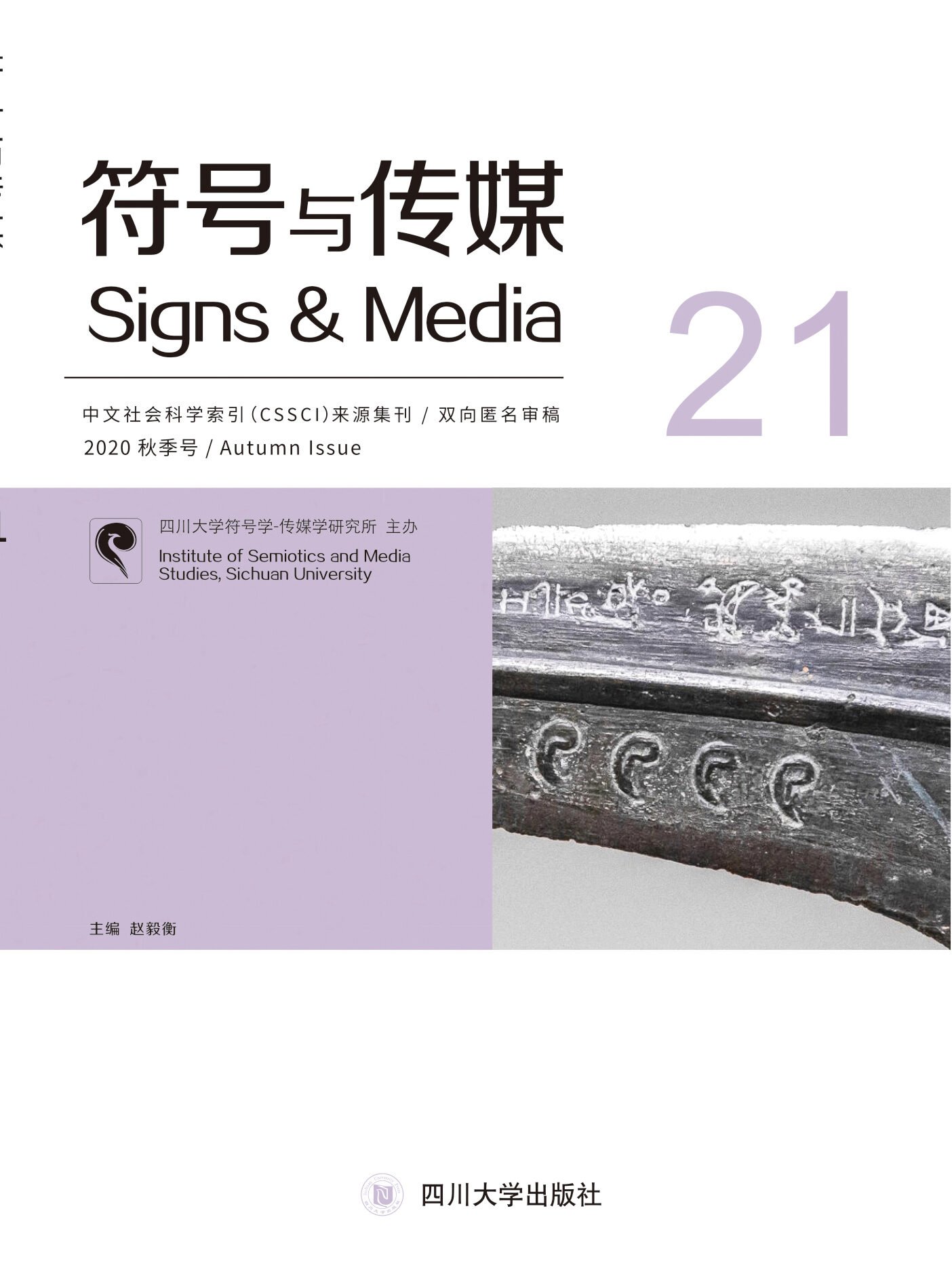SIGNS & MEDIA NO.21 2020 AUTUMN
New Publication:Autumn Issue of Signs & Media 2020(The Bilingual Version)http://www.semiotics.net.cn/index.php/zine_view/index/137

The exploration of semiotics is always full of vitality. It constantly expands into new theoretical fields and deepens the understanding and interpretation of its theoretical basis. In the section on “Philosophical Semiotics”, the authors revisit the thoughts and concepts of the classical semioticians to obtain new inspiration. Zhang Zhiting reviews the concepts in Roland Barthes’ semiology of discourse, and their history. Tony Jappy starts with the ‘immediate object’ of Peircean semiotics to explain purpose and intentionality in semiosis. Basing his discussion on semioethics, Augusto Ponzio discusses “listening”, which is key to metasemiosis. Sun Jinyan works on Gombrich’s dialectical thinking on the relationship between image and reality and the potential principle behind it.
The written character is not only a vehicle of signification but also an essential element of culture. In the section entitled “Semiotics of Chinese Characters”, Meng Hua discusses the “endocentric” and “exocentric” nature of characters, with phonetics as the conceptual framework. Chen Yongsheng takes ancient Egyptian hieroglyphics as an example to analyse the interaction between images and language. Kuang Jingpeng ponders the laws of the construction of Chinese characters in literati paintings.
The regular section on the “Semiotics of Communication” brings together scholars’ unique thoughts on various communication phenomena. Wei Wei analyses the Olympic Games in the context of the commodity society from the perspective of Baudrillard. Zong Zheng systematically examines the course of Chinese and Western game studies and looks ahead to the further development of ludology. Jiang Shiping discusses problems with brand crossover from the perspective of biaxial relations. Zhao Yuping and Liu Na provide invaluable insights into film and character settings in entertainment. In the section on “General Narratology”, Wang Xin explores truth, affect and mode in trauma narratives. Ni Aizhen talks about the image and object in pictorial narratives. Wang Changcai puts forward possible challenges to the “double framing” principle. Fu Feixiong and his colleagues re-examine the definition of general narrative. We pay attention to all of the above fields and note with great interest the connections and conflict between these theories and their applications.

Leave a Reply
You must be logged in to post a comment.